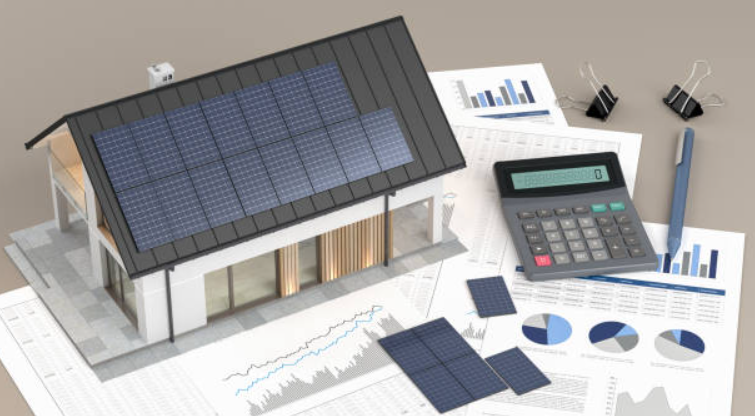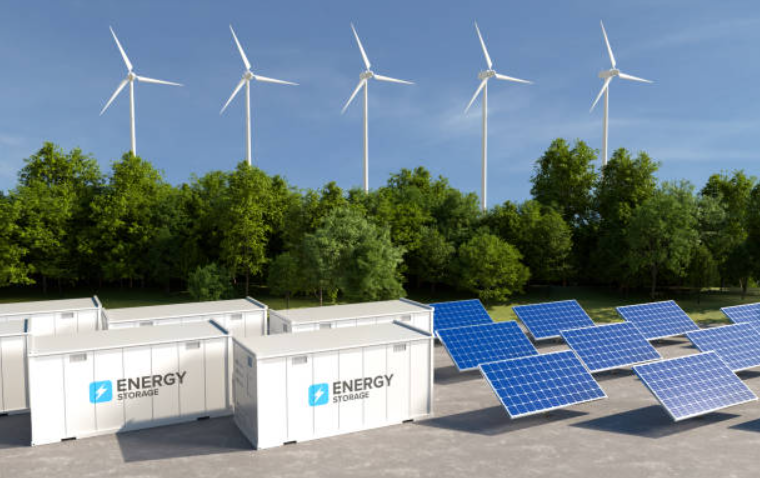The momentum in renewables continues into the year 2025 as increased investments are still being made in households and business undertakings based on solar systems. A critical area, in maximizing investments, is knowing rates for the acquisition of Solar Energy in 2025 because much of what results in pay from adopting solar energy is based on those figures.
This guide will give you a comprehensive review of solar buyback rates, Net Metering Policies, and Renewable Energy Incentives for 2025 to help you make the right decisions to optimize your returns.
What Are Solar Buyback Rates?
The term “solar buyback rates” refers to the compensation solar energy system owners receive for the excess electricity they generate and send back to the grid. The buyback rates differ from one utility company to another and are determined by state and national policies, market conditions, and improvements in renewable energy technology.
Why Solar Buyback Rates Matter
- Enhanced Savings: Higher buyback rates mean greater financial returns.
- Energy Independence: Encourages households and businesses to generate more energy.
- Environmental Impact: Encourages use of sustainable energy and reduces dependence on fossil fuels.
Example of Solar Buyback Rates
In Texas, for instance, buyback rates in 2025 average $0.09 per kWh, while in California, rates hover around $0.11 per kWh. Understanding these regional differences is crucial for planning your solar investment.
The Role of Net Metering Policies
Net Metering is a billing mechanism that allows solar energy system owners to receive credit for the electricity they add to the grid. This policy is a cornerstone of solar buyback rates and varies widely across the United States.
Net Metering Trends in 2025
- State-Specific Variations: While some states, like New York and California, maintain favorable net metering policies, others are transitioning to time-of-use or value-of-solar tariffs.
- Federal Influence: Incentives from federal agencies continue to encourage states to adopt net metering, enhancing the value of solar investments.
Real Data Example
Renewable Energy Incentives in 2025
Incentives are vital for reducing the upfront costs of solar installations and increasing the financial viability of solar systems.
Federal Incentives
- Investment Tax Credit (ITC): In 2025, the ITC remains at 26%, providing significant savings for solar system installations.
- Clean Energy Grants: The Department of Energy continues to offer grants to encourage residential and commercial solar adoption.
State and Local Incentives
States like Colorado and Massachusetts offer additional tax credits and rebates, while utility companies in Arizona provide cash-back programs for solar adopters.
Data Sample of Incentives
| Incentive Type | Amount/Rate | Eligibility |
| Federal ITC | 26% of cost | Residential and commercial |
| Colorado Solar Tax | $2,000 rebate | Residential installations |
| Arizona Utility | $1,500 cashback | Customers of specific utilities |
Calculating Returns: A Practical Approach
To maximize your investment in solar energy, it’s essential to calculate your potential returns, factoring in solar buyback rates, net metering, and incentives.
Step-by-Step Example
- Installation Cost: $20,000
- Federal ITC Savings: $5,200 (26% of $20,000)
- State Incentives: $2,000
- Net Annual Savings: $1,200 (from electricity savings and buyback rates)
- Payback Period: Approximately 10 years
Expert Insights on Solar Buyback Rates
Noted energy activist Jane Smith recently shared on social media:
“Understanding your state’s buyback rates is the key to maximizing your solar returns in 2025. Combine this with local incentives, and you’re set for sustainable savings!”
Jane advises that people should be informed about regional policies and incentives.
How SolarBuyback.com Can Help
Navigating the complexities of solar buyback rates, net metering policies, and renewable energy incentives can be overwhelming. SolarBuyback.com simplifies this process with its wide range of tools, resources, and expert consultations.
Key Features of SolarBuyback.com
- Personalized Guidance: SolarBuyback.com connects you with experts who assess your energy usage, location, and eligibility for incentives.
- Rate Comparison Tools: Find the best solar buyback rates in your area, tailored to your utility provider.
- Incentive Finder: Access a comprehensive database of federal, state, and local solar incentives, rebates, and grants.
- Net Metering Insights: Understand the nuances of net metering policies in your state to maximize savings.
- ROI Calculator: Quickly calculate your solar investment payback period based on real-time data.
Data and Resources Provided by SolarBuyback.com
| Feature | Description | Benefit |
| Rate Comparison | Up-to-date buyback rates by state | Informed decision-making |
| Incentive Database | Federal, state, and local programs | Maximized financial returns |
| ROI Calculator | Real-time savings projections | A clear understanding of payback time |
FAQs About SolarBuyback.com
1. How does SolarBuyback.com calculate solar buyback rates?
SolarBuyback.com collects data from utility providers, state energy boards, and market reports to ensure accurate and updated rate comparisons.
2. Can SolarBuyback.com help me qualify for incentives?
Yes! SolarBuyback.com provides step-by-step guidance on how to apply for federal, state, and local solar incentives.
3. Is SolarBuyback.com suitable for businesses as well as homeowners?
Absolutely. SolarBuyback.com offers resources tailored to both residential and commercial solar system owners.
4. Does SolarBuyback.com charge for its services?
Many resources on SolarBuyback.com are free to access, with premium services available for personalized consultations.
Conclusion
Navigating the world of solar energy is easier with the right resources. SolarBuyback.com empowers homeowners and businesses to maximize their solar energy returns through personalized guidance, data-driven tools, and expert insights. Visit SolarBuyback.com today and take the first step toward a more sustainable and financially rewarding energy future.



